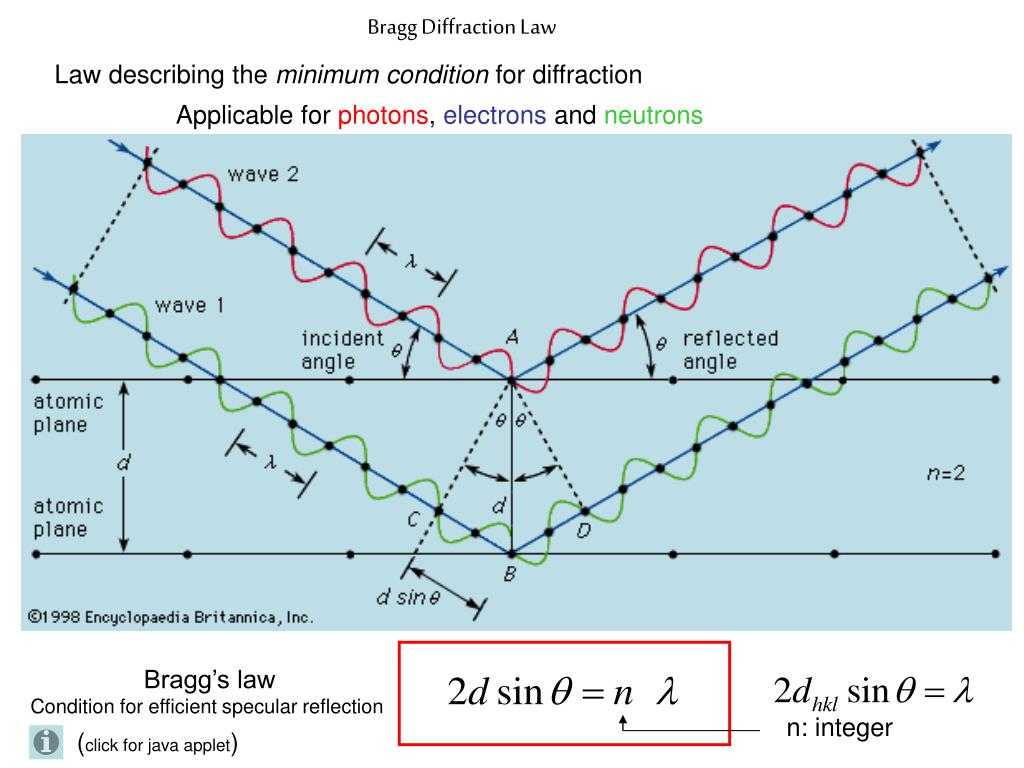

More importantly, it enables the possibility of investigating atomic dynamics on an ultrafast time scale as the generated electron bunches (and thus the subsequently generated X-ray pulses) are intrinsically only a few femtoseconds long with a perfect temporal synchronization to the driver laser 14, 15. This method can be used to drive an X-ray source with a relatively compact footprint. Electrons are accelerated by this wave to relativistic energies within a distance of only a few millimeters. The relativistic electron pulse is produced by a laser-wakefield accelerator, in which a high-power femtosecond laser pulse is focused into a gas target where it excites a plasma wave 13. Here, we use an all-optical inverse Compton scattering source where both, the relativistic electron beam and the optical wiggler are generated by a laser 12. However, current facilities cannot reach high-energy X-ray photon energies. Recently, X-ray free-electron lasers (XFELs) 10, 11 that are capable of ultrashort X-ray pulses with enormous intensities have become available. X-ray pulses with sub-picosecond duration using storage-ring based sources have been generated by sophisticated electron beam manipulations 8 and by a perpendicular Compton scattering geometry 9 however at the cost of greatly reduced photon flux. HEX-ray pulses with a duration of 20 ps have been generated using a more compact source that is based on inverse Compton scattering of optical photons (laser wiggler) from a relativistic electron beam 7. However, the pulse duration of storage-ring based synchrotron facilities is typically limited to 30–100 ps, which is not sufficiently short to perform studies of ultrafast dynamics on the atomic temporal scale. The wavelength of the emitted radiation can be adjusted over a wide range by varying the energy of the electron beam 6. Tunable HEX-ray beams are routinely generated using synchrotron emission from relativistic electron beams that propagate through dipole magnets or permanent-magnet wigglers 5. This can be of particular advantage in measurements of phonon distributions via diffuse scattering experiments 1. More specifically, the large momentum transfer in HEX diffraction experiments enables measurements with a significantly higher spatial resolution and the almost flat Ewald sphere allows the observation of a large part of reciprocal space spanning several Brillouin zones in a single geometry. The large momentum of HEX photons can be used in scattering to access information that cannot be obtained with lower-energetic X-rays. In particular, due to the comparatively low photo-absorption cross-section, HEX-rays have a high penetration depth which allows the investigation of bulk materials 1 or solids and liquids in extreme conditions 2, such as under high pressures and at high densities 3 or at high temperatures 4. This experiment constitutes a first step towards measurements of ultrafast atomic dynamics using femtosecond HEX-ray pulses.Įxperiments using HEX-rays with photon energies on order of 100 keV can access information that is complementary to that obtained by lower-energy hard X-ray methods, which typically operate at photon energies around 10 keV. As target we use a cylindrically bent Ge crystal in Laue transmission geometry.
CRYSTAL DIFFRACTION ENERGY FULL
Our approach allows us to obtain structural information from the full X-ray spectrum. We also demonstrate a method for measuring the crystal lattice spacing in a single shot that contains only ~10 5 photons in a spectral bandwidth of ~50% full width at half maximum (FWHM). Here we show single-crystal diffraction using ultrashort ~90 keV HEX-ray pulses generated by an all-optical source based on inverse Compton scattering. However, using HEX-rays for ultrafast studies has been limited due to the lack of sources that can generate pulses of sufficiently short (femtosecond) duration in this wavelength range. Ultrafast X-ray diffraction allows the direct imaging of atomic dynamics simultaneously on its natural time and length scale. These properties are advantageous for many applications ranging from studies of bulk materials to the investigation of materials in extreme conditions. High-energy X-rays (HEX-rays) with photon energies on order of 100 keV have attractive characteristics, such as comparably low absorption, high spatial resolution and the ability to access inner-shell states of heavy atoms.


 0 kommentar(er)
0 kommentar(er)
